English after German text.
Nach nun 10 Tagen und 5000 Km bin ich wieder zurück zu Hause.
Ich weiß gar nicht was ich sagen soll, bin immer noch geflasht von dieser Reise.
Eigentlich bin ich nicht so der emotionale Mensch aber bei diesen ganzen Wows kullerte doch mal ein Tränchen.
Was hatte ich doch für ein ausgesprochenes Glück und das obwohl mich diese Reise in Schweden mit Regen begrüßte.
Man hört ja immer wieder von dem vielen Regen in Norwegen, sicher ich hatte auch 2 bis 3 Tage Regen.


Die meiste Zeit nur schön mit blauem Himmel oder heiter bis wolkig. Das sah nach Erzählungen eine Woche vorher ganz anders aus, da gab es wohl Dauerregen.

Und die Leute in Skandinavien, nett freundlich, zurückhaltend und hilfsbereit wie eigentlich meistens da draußen.
Das man trotz der Geschwindigkeitsbegrenzungen ganz flott vorwärts kommt, sieht man schon an der Tatsache das ich statt 12 nur 10 Tage für die knapp 5000 Km benötigte. Zudem lernt man da oben etwas Zeit zu haben. Da ist man mal 30 Km gefahren und steht vor einen frisch gesperrten Tunnel, um dann festzustellen, das man die ganze Strecke wieder zurück muss und einen riesen Umweg vor sich hat. Oder es gibt eine Baustelle bei der man darauf hingewiesen wird das es 10 bis 15 Minuten dauern könnte bis es weiter geht. Überhaupt kann ein falsches Abbiegen in Norwegen mit sehr weiten Wegen verbunden sein. Da kann mal schon mal 20 Km Schotterpiste fahren und stellt fest, man ist in einer Sackgasse.


Tanken fand ich eigentlich immer ganz angenehm, da man bei einem Automaten mit Kartenzahlung nicht den Helm absetzen oder an eine Kasse laufen muss.
Übrigens funktonierte fast überall die Maestro EC Karte nur in Ausnahmefällen musste eine Visa Karte herhalten. Es ist also kein Fehler eine Ausweichmöglichkeit dabei zu haben. Die Norweger fahren überwiegend sehr passiv was sehr angenehm ist. Ein dichtes Auffahren gibt es nicht und auch die Unart während der Fahrt auf das Smartphone zu schauen, sah ich dort nicht.
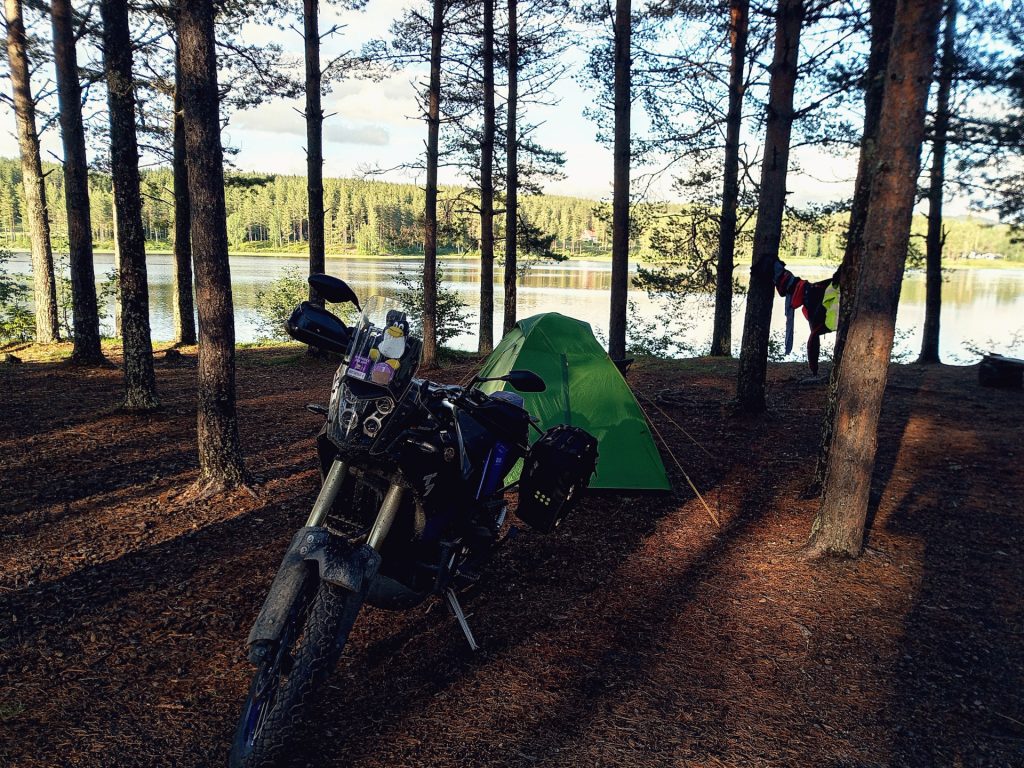
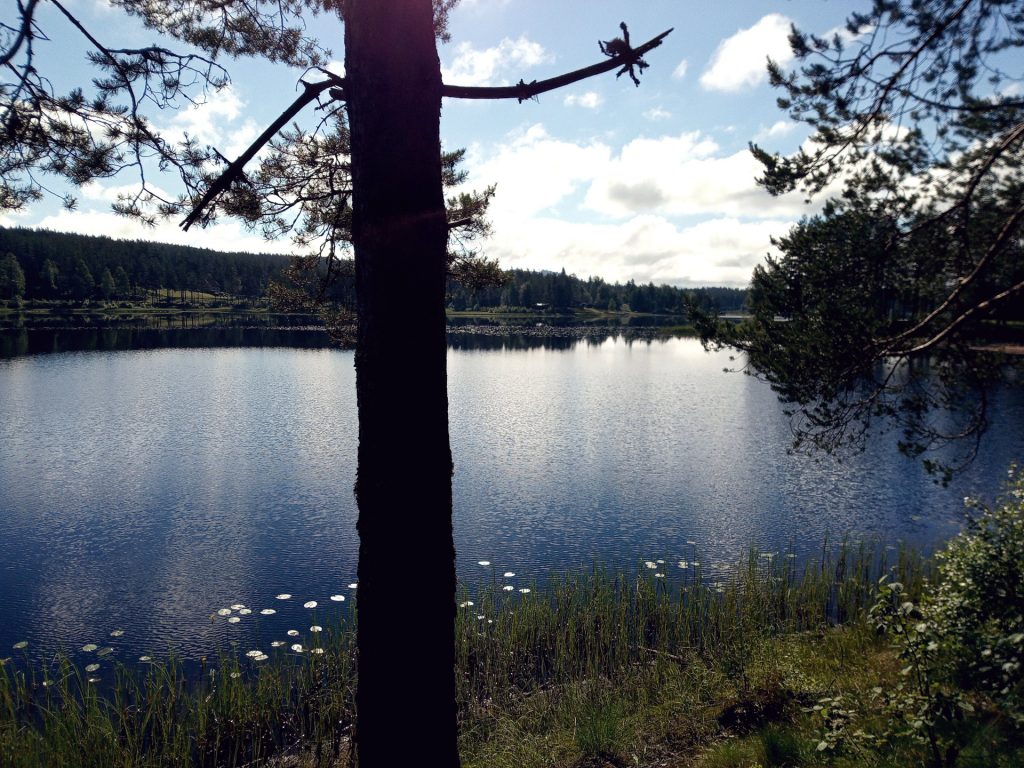
Norwegen ist teuer, stimmt, aber nicht so pauschal. Für einen Campingplatz zahlte ich zwischen umgerechnet 9,- € und 22,- €. Wobei der mit 22,- € am schlechtesten ausgetattet war. Auf den allermeisten Campingplätzen ist folgendes inklusive. Der Platz mit Person und Fahrzeug, warme Dusche, Toillettenpapier in den sauberen Toilleten, eine Küche in der es Herd und Mikrowelle gibt und freies Wlan. Vielfach auch Waschmaschinen und Trockner gegen Gebühr. Tja strengt Euch mal an in Deutschland.
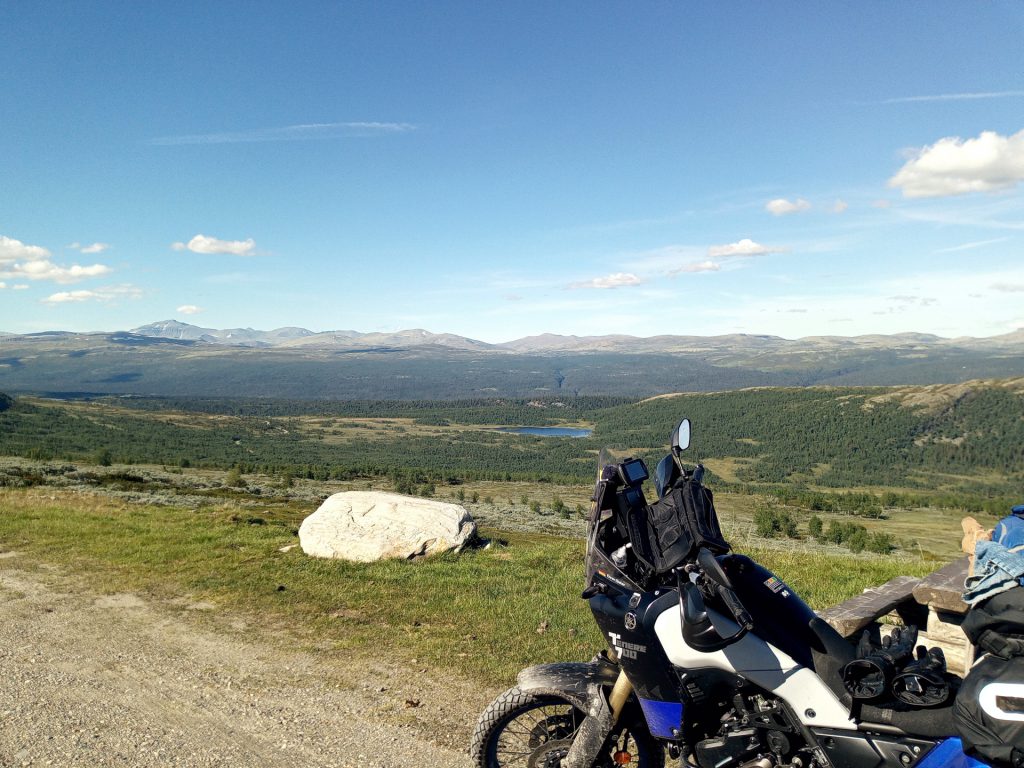

Einen wunderschönen Campingspot hatte ich durch fragen eines Einheimischen und seiner netten Antwort. Dort gab es eine Gapahuk (Hütte auf einer Seite offen), eine Trinkwasserpumpe und ein Plumsklo Häuschen und das alles gratis. So etwas gibt es in Norwegen öfter aber nicht immer mit einer Trinkwasserpumpe mit so leckeren und kühlem Trinkwasser. Apropo Trinkwasser, man kann wirklich bedenkenlos in der bergigen Gegend aus den Gebirgsflüsschen trinken.


Richtig teuer ist allerdings Alkohol und Essen gehen. Am billigsten kommt man mit Pizzen weg die es übrigens wie auch Burger an jeder größeren Tankstelle gibt. Die Pizzen kosten ungefähr so viel wie bei uns ( 9.- bis 14,- € ), die Burger sind etwas teuerer. Also Essen besser selber machen und Alkohol braucht man auch nicht unbedingt. Wenn man nicht gerade bei den bekannten touristischen Sehenswürdigkeiten unterwegs ist, kann es schon mal passieren das auch auf asphaltierten Strecken eine 3/4 Stunde lang niemand zu sehen bekommt.


Bei den Schotterpisten ist das der Normalfall, zumindest bei mir war es so.
Es gibt ein paar Maut behaftete Schotterstrecken. Die meisten sind mit automatischer Kennzeichenerkennung und man kann dann via Internet und Kreditkarte zahlen. Das sollte man machen, da es sonst teurer wird. Leider ist es so, das die einem die PKW Gebühr abverlangen obwohl es mit dem Motorrad eigentlich günstiger wäre. Habe mich drüber beschwerd und bekam Rückmeldung das dies ein Fehler war und ich das zu viel gezahlte erstattet bekomme.
Dann gibt es noch ein paar old scool Mautstellen. Da ist es hifreich wenn man paar NOK als Papiergeld dabei hat. Da füllt man selber einen Zettel aus und schmeißt den Betrag in eine Kasse, die manchmal schwer als solche zu erkennen ist. Da es nicht viel kostet, meist ca. zwischen 20 NOK und 40 NOK, also 2,- bis 4,- €, macht es bitte. Denn sie können diese Wege auch einfach sperren und davon haben wir als Schotterfans gar nichts. Es ist schön das es noch Länder gibt bei denen das geht. Wird ja dank EU immer weniger.


Übrigens auf vielen Strecken und den meisten staatlichen asphaltierten Strecken, zahlt man als Motorradfahrer gar nichts. Ein Beispiel für eine gratis Schotterstrecke ist der Peer Gyntvegen. Am wenigsten ist abseits der Touristenrouten los, da wo man dann auch die Einheimischen mit ihren Wohnmobilen sieht.
An den Seen benötigt man zwingend eine guten Mückenschutz, zumindest war es bei mir Ende Juni, anfang Juli so. Ein Mittel zum Auftragen sollte DEET enthalten. Aber mit Vorsicht benutzen, das ist nicht ganz ungefährlich. Zusätzlich nützt auch ein Hut mit Mückennetz auch wenn es bescheuert aussieht. Sprachbarriere ?
Ich kann leider auch kein Norwegisch aber die meisten Norweger können sehr gut englisch. Sprecht sie einfach höflich an und haltet dabei etwas mehr Abstand wie bei uns in Deutschland.

Ich werde meine tatsächlich gefahrene Strecke im Anschluss veröffentlichen. Bei der geplanten gab es doch die ein oder andere gesperrte oder nicht erlaubte Strecke. Norwegen ist auf jeden Fall eine Reise wert und hätte ich mehr Zeit, wäre ich bis zu den Lofoten hoch gefahren. Das Nordcap reizt mich allerdings nicht so sehr.

English part
After 10 days and 5000 km I’m back home.
I don’t even know what to say, I’m still blown away by this trip.
Actually, I’m not the emotional person, but with all these wows, a little tear fell down that wasn’t caused by the wind. How lucky I was, even though this trip to Sweden greeted me with rain. You keep hearing about all the rain in Norway, I’m sure I had 2 to 3 days of rain.
Most of the time just fine with blue skies or mixed to cloudy. According to stories a week before, it looked completely different, there was probably constant rain. The people in Scandinavia are nice, friendly, reserved and helpful, like most people out there.
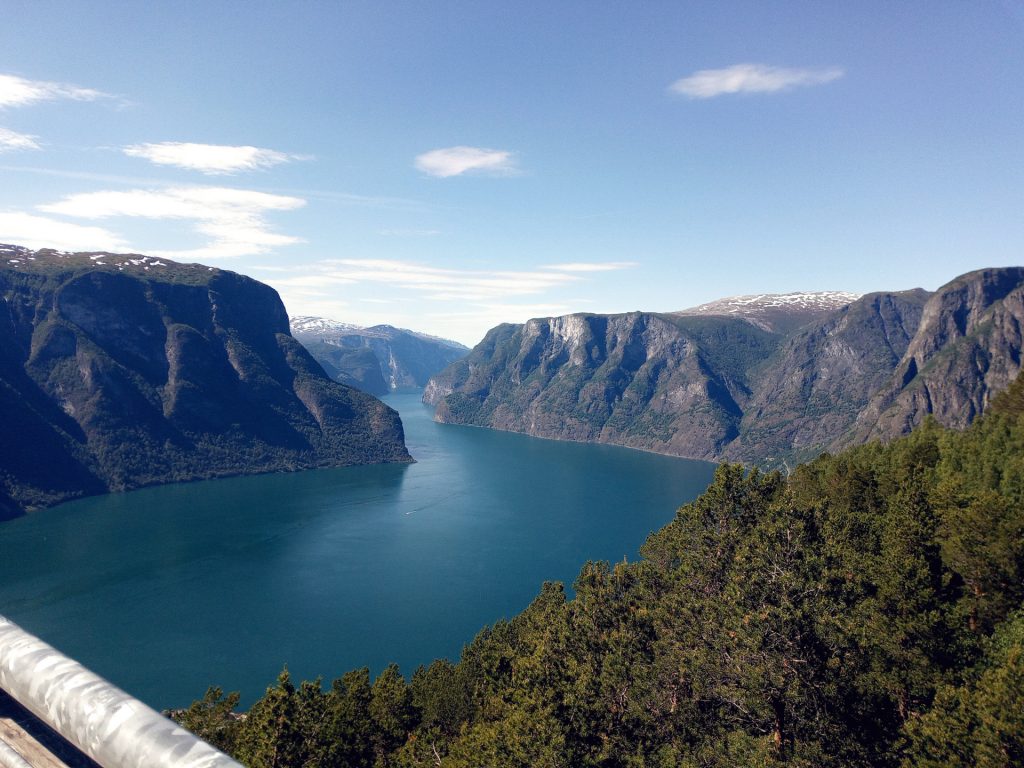

The fact that you can move forward quickly despite the speed limits can be seen from the fact that I only needed 10 days instead of 12 for the almost 5000 km. You also learn to have some time up there. You’ve driven 30 km and you’re standing in front of a freshly closed tunnel, only to realize that you have to go the whole way back and have a huge detour ahead of you. Or there is a construction site where you are told that it could take 10 to 15 minutes to continue. In general, a wrong turn in Norway can involve very long journeys. You can sometimes drive 20 km to find out that you can’t go any further on this gravel road. I actually always found refueling quite pleasant, because you don’t have to take off your helmet or walk to a cash register at a machine with card payment. Incidentally, the Maestro EC card worked almost everywhere, only in exceptional cases did a Visa card have to be used. So it’s not a mistake to have an alternative. Most Norwegians drive very passively, which is very pleasant. There is no tail-gating and I didn’t see the bad habit of looking at the smartphone while driving.
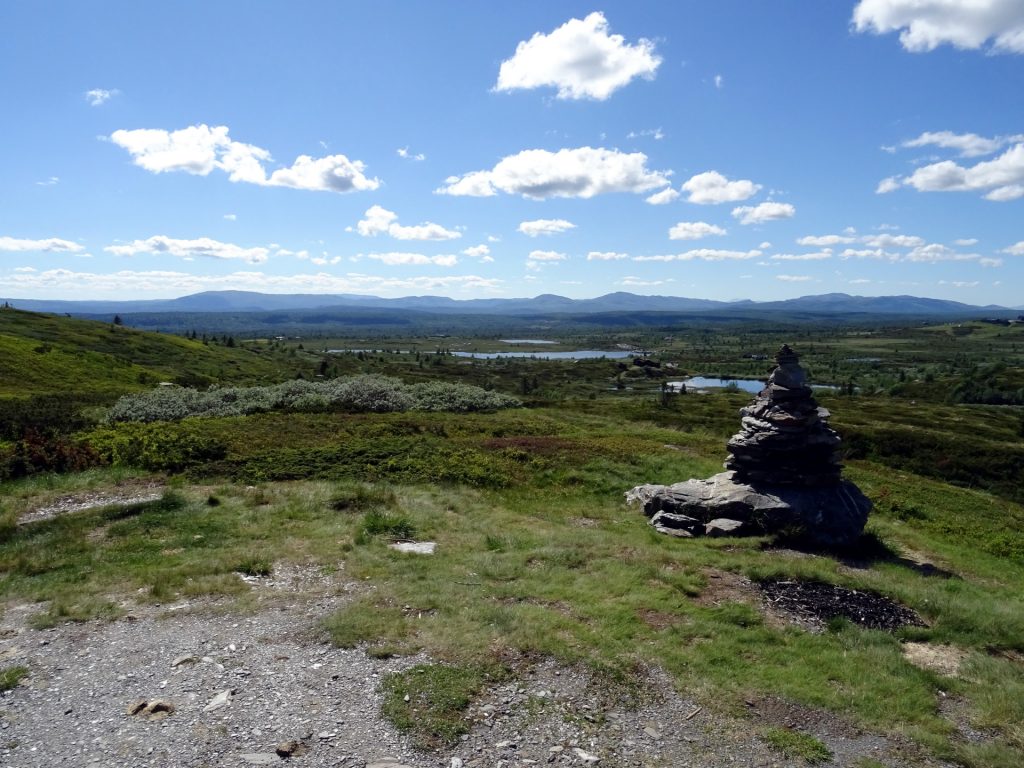
Norway is expensive, it’s true, but not across the board. I paid between the equivalent of €9 and €22 for a campsite. Whereby the €22 was the worst equipped. The following is included on most campsites. The place with person and vehicle, warm shower, toilet paper in the clean toilets, a kitchen with a stove and microwave and free WiFi. Often also washing machines and dryers for a fee. Well, make an effort in Germany.

I had a wonderful camping spot by asking a local and got nice answer. There was a gapahuk (hut open on one side), a drinking water pump and an outhouse and all for free. There is something like that in Norway more often but not always with a drinking water pump with such delicious and cool drinking water. Speaking of drinking water, you can really drink from the mountain streams in the mountainous area without hesitation.
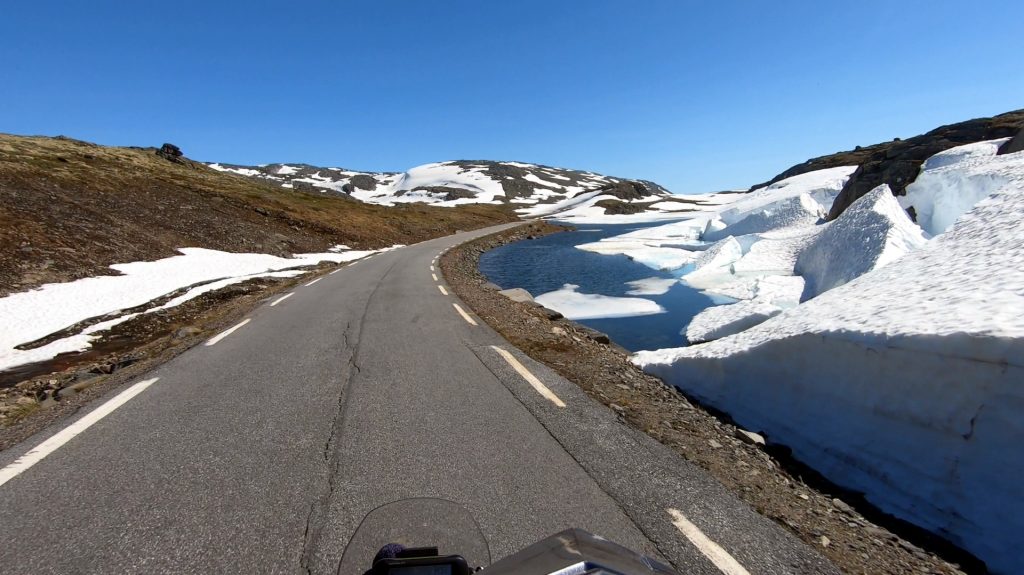
However, alcohol and eating out are really expensive. The cheapest way to get away is with pizzas, which by the way, like burgers, are available at every major gas station. The pizzas cost about the same as ours (9 to 14 euros), the burgers are a bit more expensive. So it’s better to make your own food and you don’t necessarily need alcohol. If you are not on your way to the well-known tourist sights, it can happen that nobody gets to see you for 3/4 of an hour, even on paved roads. That’s the norm on the gravel roads, at least that’s how it was for me.

There are a few toll roads. Most are with automatic license plate recognition and you can then pay via the Internet and credit card. You should do that, otherwise it will be more expensive. Unfortunately, they charge you the car fee even though it would actually be cheaper by motorbike. I complained about it and got feedback that this was a mistake and that I would be reimbursed for the overpaid amount. Then there are a couple of „old scool“ tollbooths. It is helpful if you have a few NOK paper money with you. You fill out a slip yourself and throw the amount into a cash register, which is sometimes difficult to identify as such. Since it doesn’t cost much, usually around between NOK 20 and NOK 40, i.e. €2 to €4, please do it. Because they can also simply block these paths and we, as gravel fans, don’t benefit from that at all. It’s nice that there are still countries where this is possible. It’s becoming less and less thanks to the EU.


By the way, on many routes and most of the state asphalt routes, you don’t pay anything as a motorcyclist. An example of a free gravel route is Peer Gyntvegen. There is least activity off the tourist routes, where you can also see the locals with their mobile homes. At the lakes you absolutely need a good mosquito repellent, at least that was the case for me at the end of June, beginning of July. A means of anti mosquito should contain DEET. But use with caution, it’s not entirely safe. A hat with a mosquito net is also useful, even if it looks stupid.


Language barrier ?
Unfortunately, I don’t speak norwegian either, but most Norwegians speak english very well. Just speak to them politely and keep a little more distance like we do in Germany.
I will publish the route I actually drove afterwards. With the planned one, there were one or the other closed or forbidden route. Norway is definitely worth a trip and if I had more time, I would have driven up to the Lofoten. The Nordcap doesn’t appeal to me that much though.
Nachfolgend noch einige Bilder und Links zu den Videos:
Below are some pictures and links to the videos:
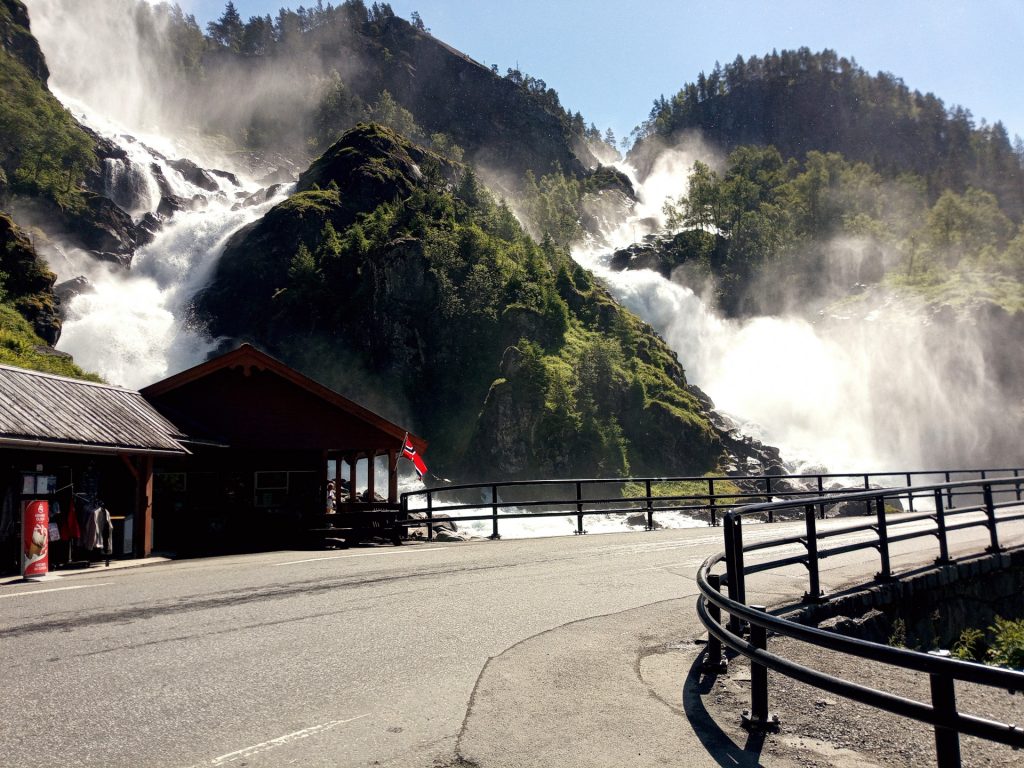

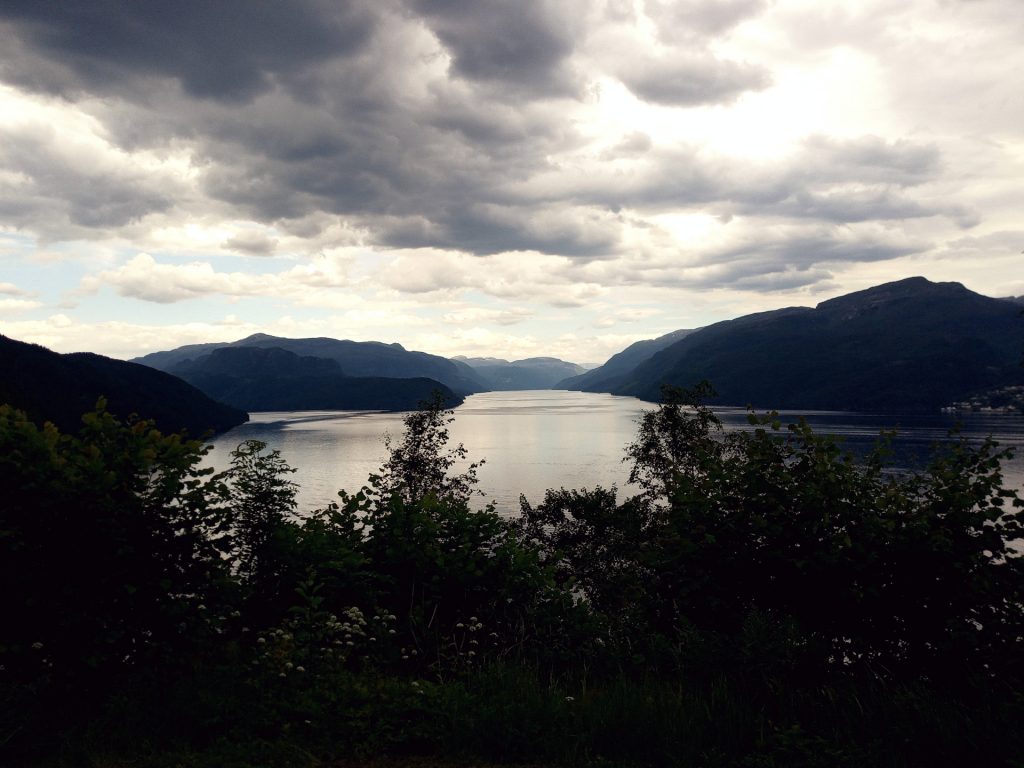
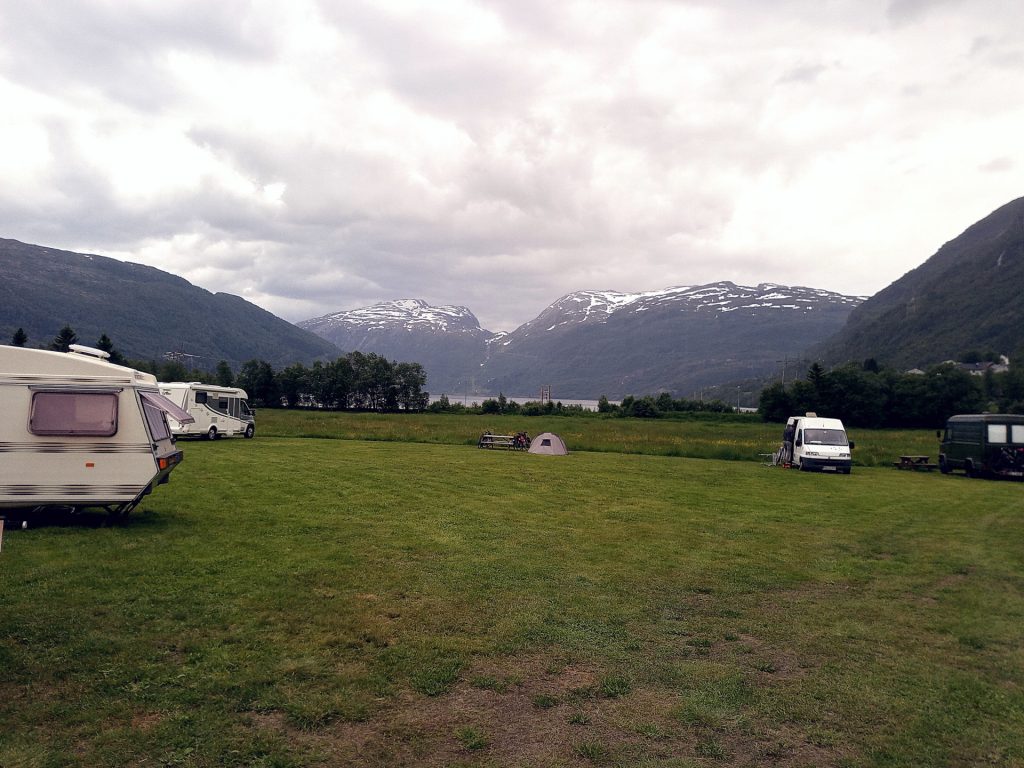


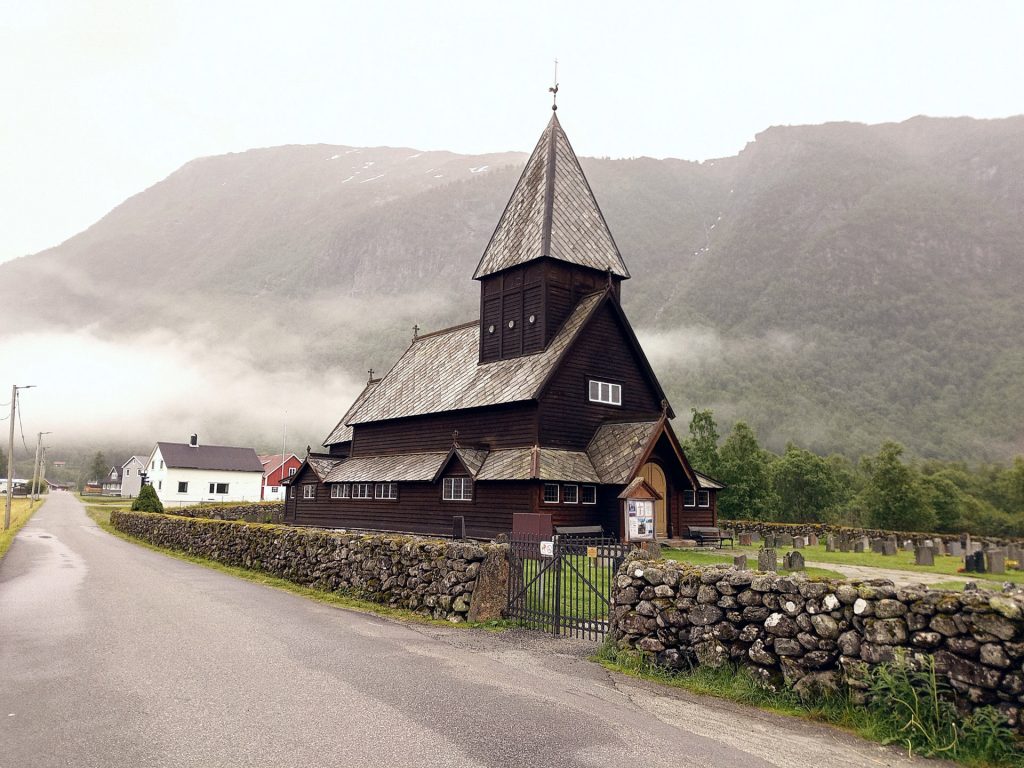
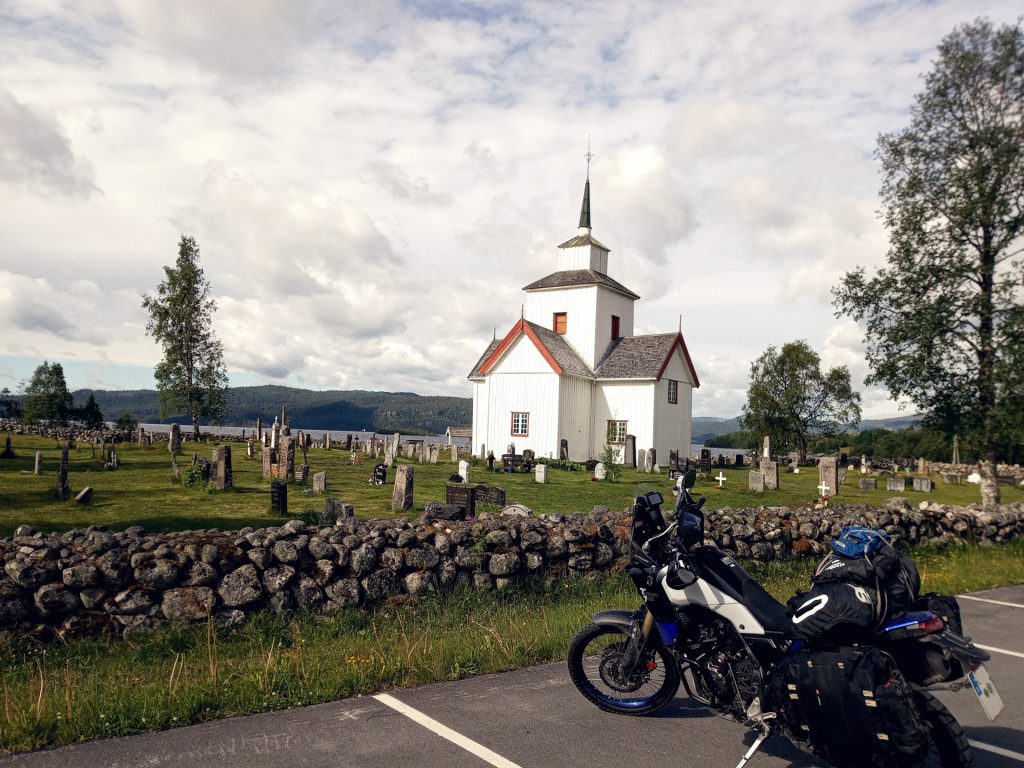





Und jetzt die Videolinks.
And now the links to the videos






Und zum Schluss noch die gefahrenen Routen als gpx:
And finally the routes driven as gpx files:
Norwegen Route Tag 1 / Norway route day 1
Norwegen Route Tag 2 / Norway route day 2
Norwegen Route Tag 3 / Norway route day 3
Norwegen Route Tag 4 / Norway route day 4
Norwegen Route Tag 5 / Norway route day 5
Norwegen Route Tag 6 / Norway route day 6
Norwegen Route Tag 7 / Norway route day 7
Norwegen Route Tag 8 / Norway route day 8
Norwegen Route Tag 9a / Norway route day 9a
Norwegen Route Tag 9b / Norway route day 9b
Norwegen Route Tag 10 / Norway route day 10

